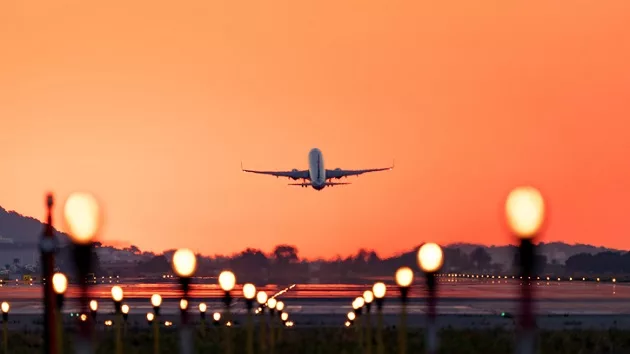
(NEW YORK) — Eight people were recently taken to the hospital after a JetBlue Airlines plane encountered “sudden severe turbulence” early Monday as it neared Florida, the airline confirmed to ABC News.
Last month, 14 people were injured after a Delta Air Lines plane experienced sudden turbulence on approach to Atlanta, Georgia. In August, two flight attendants were injured after a United Airlines flight from Newark, New Jersey, to Punta Cana experienced turbulence.
Turbulence happens when planes encounter unstable air created by atmospheric pressure, jet streams, and even thunderstorms. According to the Federal Aviation Administration (FAA), it can also occur unexpectedly when skies appear to be clear.
Pilots can’t see turbulence on radars within the cockpit, but they can however see weather systems that may cause turbulence.
“You can see indications of a rapidly changing weather, which should as a pilot put you on on the track for telling everyone to sit down and suspend in-flight services,” John Nance, former commercial pilot and ABC News Contributor, said in an interview with ABC News.
Nance said pilots will also report experiencing bumps to air traffic control, which will then relay that information to other pilots.
The FAA said it has received 17 reports of severe injuries related to turbulence last year – up from the 13 reports it received in 2019.
Experts say the best thing passengers can do to stay safe is keep their seatbelt on at all times during flight.
“The airplane can handle it, but the bodies inside, when they’re not strapped to the airplane, can’t. It’s that simple,” Captain Dennis Tajer, a 30-year veteran of American Airlines and spokesman for the union representing 15,000 pilots at American, told ABC News.
ABC News’ Dan Manzo contributed to this report.
Copyright © 2023, ABC Audio. All rights reserved.





